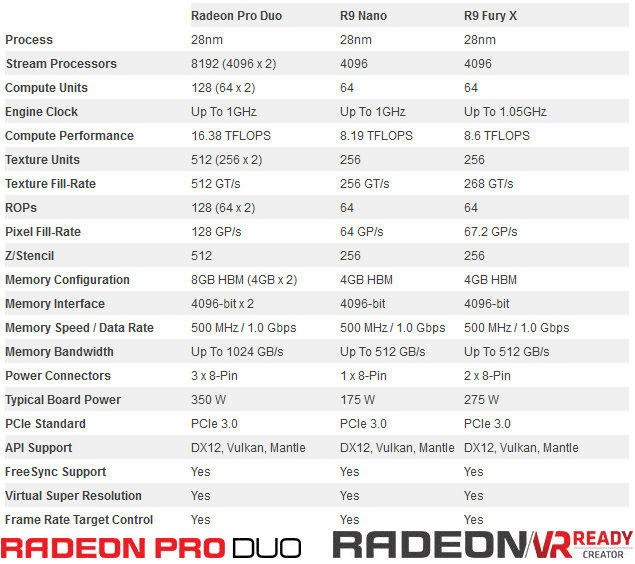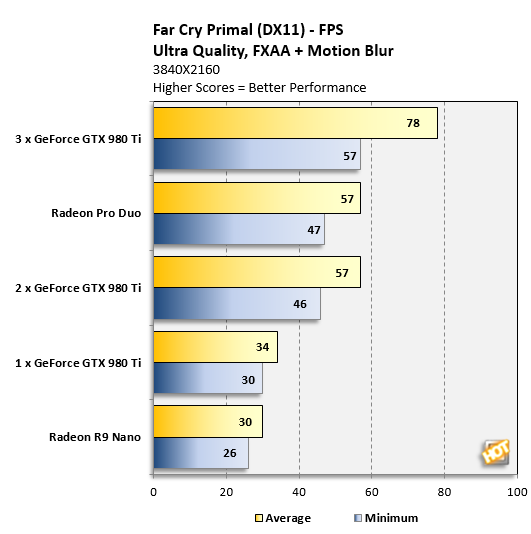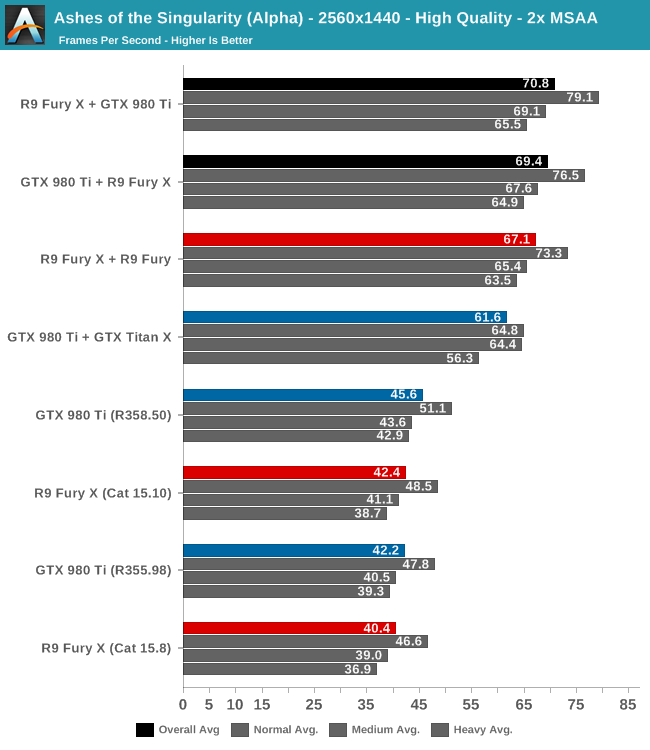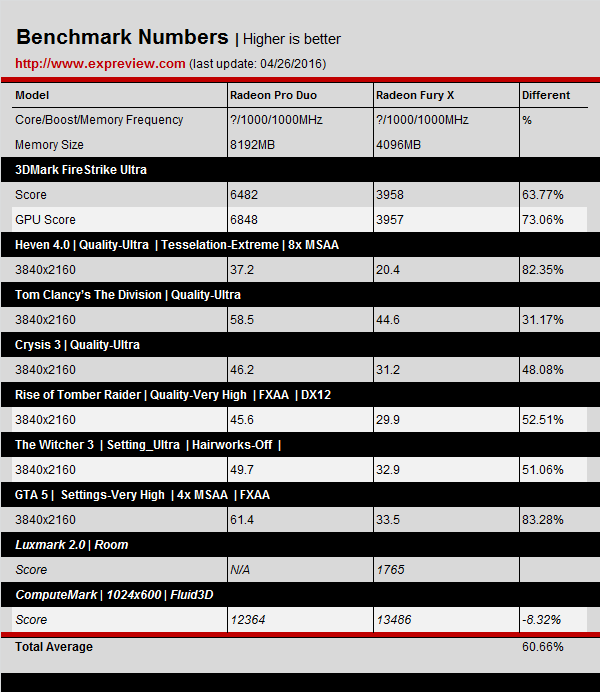jaymc
Distinguished
Oh the pain... Here's couple of links outlining the problems SK Hynix are obviously having problems with HBM2 2.0 Gbps memory...
https://videocardz.com/65649/sk-hynix-updates-memory-product-catalog-hbm2-available-in-q1-2017
http://www.isportstimes.com/articles/22787/20170208/sk-hynix-hbm2-lower-bandwidth-affect-amd-bid-to-beat-nvidia.htm
I don't see why they don't just go to Samsung for their HBM2 like Nvidia did for Quadro.. ??
https://videocardz.com/65649/sk-hynix-updates-memory-product-catalog-hbm2-available-in-q1-2017
http://www.isportstimes.com/articles/22787/20170208/sk-hynix-hbm2-lower-bandwidth-affect-amd-bid-to-beat-nvidia.htm
I don't see why they don't just go to Samsung for their HBM2 like Nvidia did for Quadro.. ??








